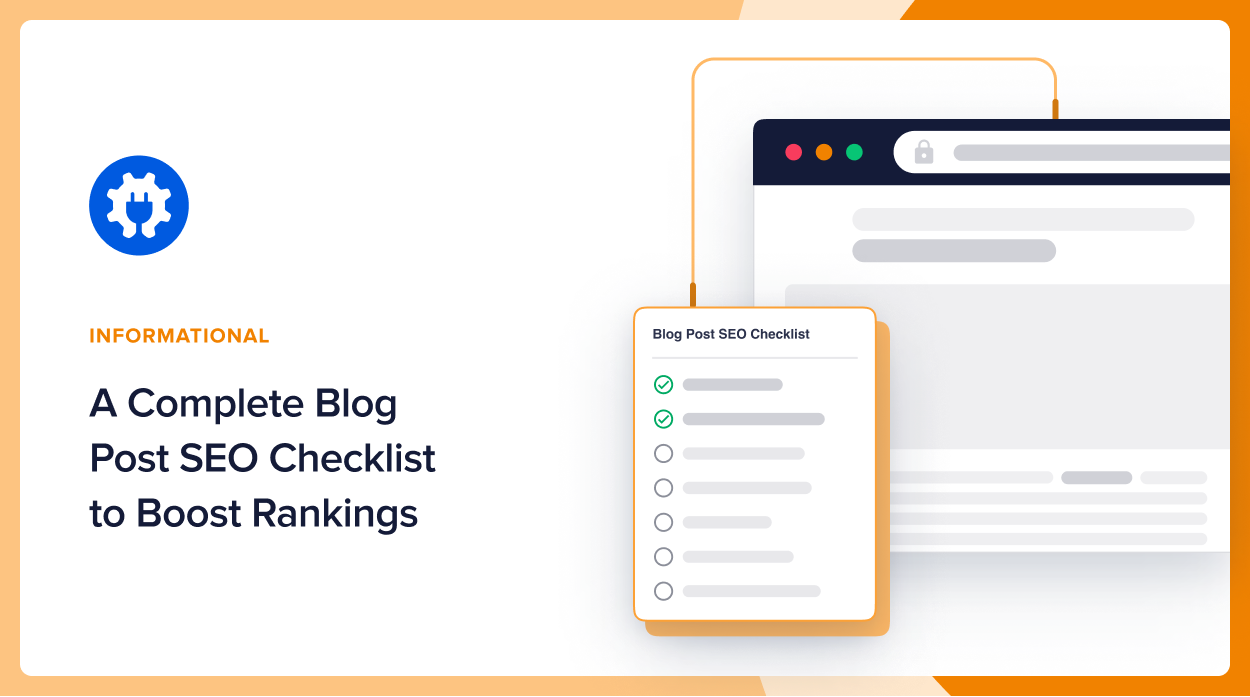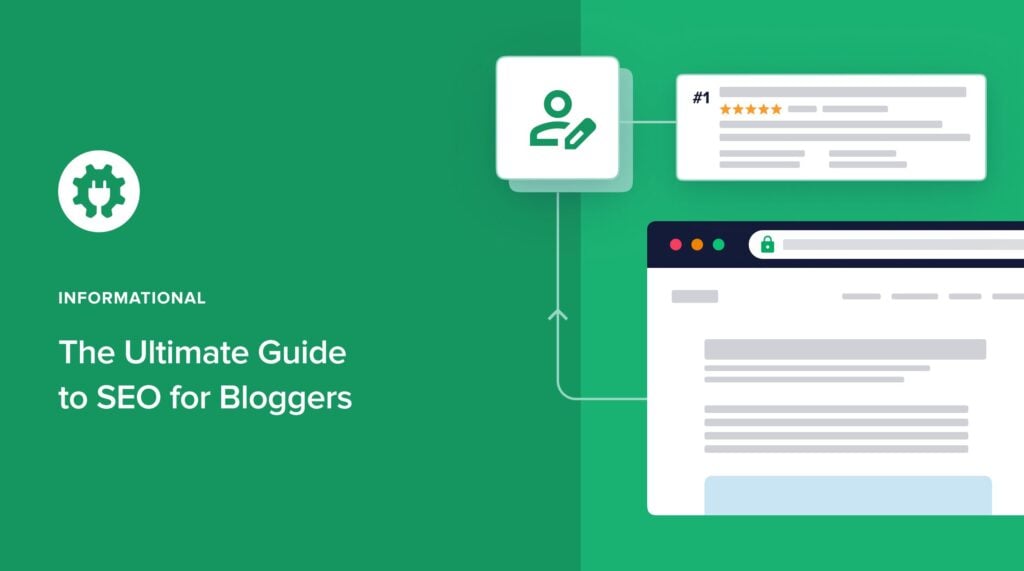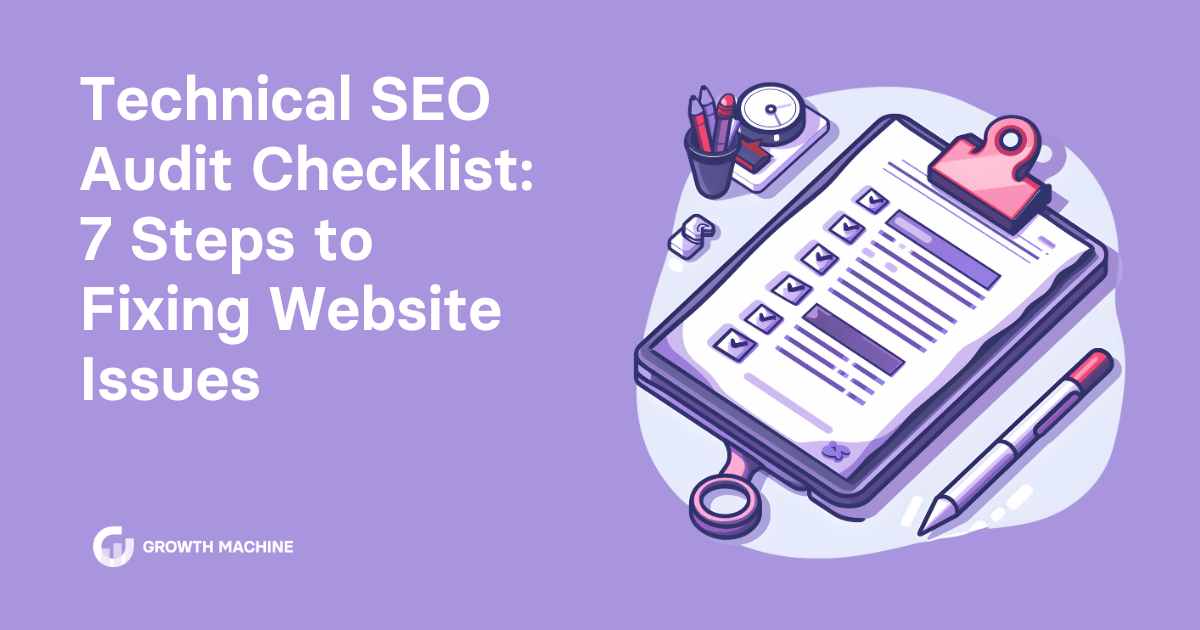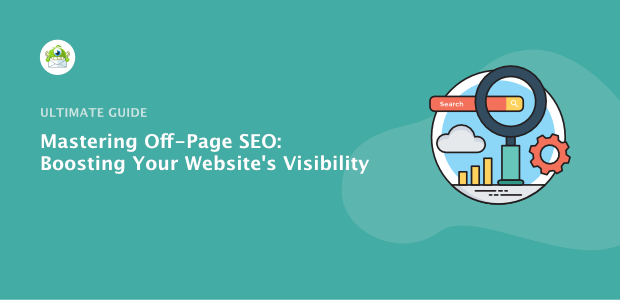How to Create SEO-Friendly Blog Posts: A Step-by-Step Guide to Higher Rankings
Estimated reading time: 7 minutes
Key Takeaways
- Creating SEO-friendly blog posts is crucial for organic traffic.
- Balance user intent with technical SEO for optimal results.
- Effective keyword research and integration are essential.
- On-page optimization includes title tags, meta descriptions, and content structure.
- Optimize images for SEO by compressing files and using alt text.
- Internal linking strategies improve content discoverability.
- Utilize schema markup WordPress plugins for technical SEO.
- Avoid over-optimization and slow loading speeds for better performance.
- Regularly update old posts and track performance for long-term success.
Table of contents
- How to Create SEO-Friendly Blog Posts: A Step-by-Step Guide to Higher Rankings
- Key Takeaways
- 1. Understanding SEO-Friendly Content
- 2. Keyword Research & Integration
- 3. On-Page SEO Essentials
- 4. Optimizing Images for SEO
- 5. Internal Linking Strategies
- 6. Technical SEO: Schema Markup for WordPress
- 7. Avoiding Common SEO Pitfalls
- 8. Additional Tips for Long-Term Success
- Bonus Section: SEO Checklist & Tools
- FAQ: Frequently Asked Questions
1. Understanding SEO-Friendly Content
To create SEO-friendly blog posts, you need to balance user intent and technical optimization. Search engines prioritize content that answers questions, solves problems, and delivers value.

Key Elements of SEO-Optimized Content:
- User Intent: Match what your audience is searching for (e.g., “how to optimize blog posts for SEO”).
- Readability: Use short paragraphs, subheadings, and simple language.
- Technical Basics: Ensure fast loading speeds, mobile responsiveness, and clean code.

For example, a poorly structured post might bury key points in long paragraphs, while an SEO-friendly version uses bullet points and headers to improve readability.
Source: Google SEO Starter Guide, Yoast
2. Keyword Research & Integration
Effective keyword research ensures your content aligns with what your audience is searching for. Let’s break down keyword density best practices and integration.

Steps to Optimize Keywords:
- Choose a Primary Keyword: Start with a core term like “create SEO-friendly blog posts.”
- Use Semantic Variations: Include related terms like “SEO blog writing” or “optimize content for search engines.”
- Avoid Stuffing: Keyword density isn’t about hitting a magic number—focus on natural placement.
Tools like Yoast SEO and SurferSEO analyze your content’s keyword usage and suggest improvements without over-optimization.
Source: Semrush
3. On-Page SEO Essentials
Optimizing on-page elements ensures search engines understand your content’s structure and relevance.

Title Tags & Meta Descriptions:
- Include your primary keyword in the title (e.g., “How to Create SEO-Friendly Blog Posts: 10 Proven Tactics”).
- Write meta descriptions under 160 characters with a clear call-to-action.
Content Structure Tips:
- Use H1 for the blog title and H2/H3 for subheadings like “Keyword Research & Integration.”
- Break text into 2–3 sentence paragraphs.
- Add bullet points for lists (like this one!).
Source: Google SEO Starter Guide, Yoast, Porifiyx On-Page SEO guide
4. Optimizing Images for SEO
Images slow down websites if not optimized. Follow these steps to optimize images for SEO:

Best Practices:
- Compress Files: Use TinyPNG or ShortPixel to reduce file sizes.
- Write Descriptive Alt Text: Example: “SEO-friendly-blog-post-checklist” instead of “image_01.jpg.”
- Choose the Right Format: JPEG for photos, PNG for graphics, WebP for faster loading.
- Ensure Responsive Sizing: Images should adapt to mobile screens.
Source: Kalungi, Google SEO Starter Guide, Porifiyx On-Page SEO guide
5. Internal Linking Strategies
Internal linking strategies boost SEO by helping search engines discover and prioritize your content.
How to Link Effectively:
- Use descriptive anchor text like “learn how to optimize images for SEO.”
- Link to cornerstone content (e.g., a guide on SEO basics).
- Tools like LinkWhisper automate internal link suggestions.
Source: Semrush, Porifiyx SEO Audits
6. Technical SEO: Schema Markup for WordPress
Schema markup WordPress plugins simplify adding code that helps search engines interpret your content.

Implementation Steps:
- Install Rank Math or Schema Pro.
- Select a schema type (e.g., “Article” or “How-To”).
- Fill in fields like headline, author, and publish date.
How-To schema can trigger rich snippets, making your post stand out in search results.
Source: Google SEO Starter Guide, Porifiyx Technical SEO
7. Avoiding Common SEO Pitfalls
Even well-optimized posts can fail due to these mistakes:

Pitfalls to Watch For:
- Over-Optimization: Too many keywords or internal links hurt readability.
- Slow Loading Speeds: Test with GTmetrix or PageSpeed Insights.
- Poor Mobile Design: Use Google’s Mobile-Friendly Test tool.
Source: Yoast, Porifiyx Technical SEO, Porifiyx Responsive WordPress Design
8. Additional Tips for Long-Term Success
- Update Old Posts: Refresh stats, add new keywords, and fix broken links every 3–6 months.
- Track Performance: Use Google Search Console for rankings and Google Analytics for traffic trends.
Bonus Section: SEO Checklist & Tools
SEO Checklist:

- Primary keyword in title, intro, and headers.
- Images compressed with descriptive alt text (optimize images for SEO).
- Internal links added using internal linking strategies.
- Schema markup implemented (schema markup WordPress).
- Keyword density checked via Yoast/SurferSEO (keyword density best practices).
Recommended Tools:
- Yoast SEO: Keyword integration.
- TinyPNG: Image compression.
- LinkWhisper: Internal linking.
- Rank Math: Schema markup.
FAQ: Frequently Asked Questions
Q: What is SEO-friendly content?
SEO-friendly content is created and optimized to rank high in search engine results, attracting organic traffic. It balances providing valuable information to users with technical optimizations that help search engines understand and index the content effectively. Key aspects include keyword relevance, readability, site speed, and mobile-friendliness.
Q: How often should I update my blog posts for SEO?
Ideally, update your blog posts every 3-6 months, especially those targeting competitive keywords or those that have dropped in rankings. Regularly refreshing content with new data, updated keywords, and fixing broken links signals to search engines that your content is current and valuable, boosting your SEO.
Q: Why is image optimization important for SEO?
Image optimization is crucial for SEO because large, unoptimized images can significantly slow down your website’s loading speed, which is a negative ranking factor. Optimized images, with compressed file sizes and descriptive alt text, improve page speed, enhance user experience, and provide search engines with context about the image content, improving overall SEO performance.
Q: What are the best tools for keyword research?
Several excellent tools are available for keyword research, including Semrush, Ahrefs, Google Keyword Planner, and Moz Keyword Explorer. Semrush and Ahrefs are comprehensive SEO suites offering in-depth keyword analysis, competitor research, and site audit features. Google Keyword Planner is a free tool ideal for beginners, providing keyword ideas and search volume data. Moz Keyword Explorer offers user-friendly keyword suggestions and SEO metrics. The best tool depends on your budget, needs, and level of expertise.
Q: How does schema markup help SEO?
Schema markup is structured data code that you add to your website to help search engines understand your content better. It provides context and clarifies the meaning of your page’s content, leading to enhanced search engine visibility. Implementing schema markup can result in rich snippets in search results, such as star ratings, event details, or FAQ sections, making your listing more attractive and potentially increasing click-through rates, thus improving SEO performance.




